Top 5 Ways to Find Water in the Wilderness (Even When It Seems Impossible)
Learn the top 5 ways to find water in the wild — including tracking wildlife, harvesting rain, using solar stills, and more. Stay safe and hydrated with these essential wilderness survival tips.
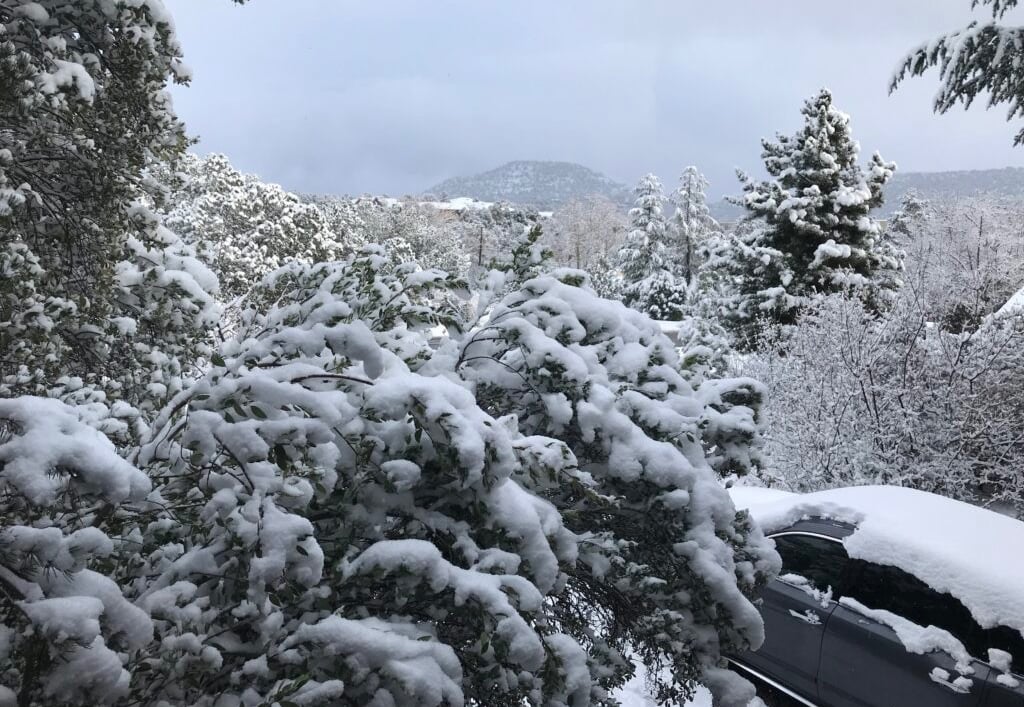

Top 5 Ways to Find Water in the Wilderness (Even When It Seems Impossible)
Why Finding Water in the Wild Is So Critical
When you're out in nature — whether hiking, camping, or caught in a survival situation — finding a safe water source becomes your top priority. Your body can only last about three days without hydration, and in hot or dry conditions, that timeline can shrink fast. Even if you're well-prepared, unexpected situations like getting lost or running out of supplies can leave you scrambling for water.
The good news is, nature often provides clues and hidden sources of hydration. If you know where and how to look, you can locate drinkable water in nearly any wilderness environment. Below, we’ll explore the best and most reliable methods to find fresh water in the wild, all explained clearly so even beginners can follow.
Look for Flowing Water Sources First
Your safest bet is always running water. Flowing sources like streams, rivers, and creeks tend to be cleaner than stagnant pools or puddles. Start by moving downhill — gravity is your friend here. Water always travels to the lowest point, so follow the terrain, and you're likely to encounter a stream bed, even if it's dry at first. Morning dew, trickling runoff, or the sound of distant water can be clues that you're close.
Avoid water with a strong odor, visible algae, or animal carcasses nearby. Even if the stream looks clear, you should still filter or boil it to be safe. But locating it in the first place is a major win in a survival situation.
Once you’ve located a potential water source, knowing how to make it safe to drink is critical. Whether you're collecting from a creek, puddle, or underground seep, learn the key differences in boiling vs filtering to decide what works best in the field. If you’re working without any gear, try these practical no-filter water purification methods to help keep yourself safe.
Follow Animal Tracks and Vegetation
Wildlife needs water too. If you come across animal trails or footprints in the mud, follow them — they often lead to water sources. Birds and insects are also helpful indicators. Bees typically nest within a few miles of water, and ants often build near moist ground.
Another clue is lush green vegetation in an otherwise dry area. If the plants look more alive than their surroundings, there’s probably water in the soil, underground, or close by. Digging a shallow hole in that spot might even reveal a seep or water pocket with a little patience.
Harvest Rainwater Whenever You Can
If rain is in the forecast or already falling, collect it. Rainwater is one of the safest natural sources you’ll find. You can set out containers, pots, or pans — or stretch out a poncho, tarp, or plastic sheet to funnel water into a bottle or cup. If you’re caught without gear, even large leaves or bark can help direct rain into something that can hold water.
Try to avoid water that’s been standing too long in your setup. The fresher the rain, the better, and if possible, filter through a clean cloth to remove debris. No purification needed unless you're collecting runoff from dirty surfaces.
Tap into Underground Water with a Solar Still
A solar still is a clever, passive way to extract water from plants or moist soil using sunlight. It takes more time and effort, but in hot, dry areas where surface water is hard to find, it could be your best option. Dig a hole in the ground, place green plant material inside, and position a container in the center. Then stretch clear plastic sheeting over the hole, anchor it with rocks, and put a small weight (like a pebble) in the center so the plastic dips directly above the cup.
As the sun heats the hole, moisture evaporates, condenses on the underside of the plastic, and drips down into the container. It’s slow but effective and doesn't require much gear if you're carrying plastic wrap in your emergency kit.
Collect Morning Dew and Plant Moisture
In the early morning hours, grass, leaves, and rocks often hold small amounts of condensation you can gather. Drag a clean cloth or bandana across dewy vegetation and wring the moisture into a cup. It won’t provide large volumes, but every drop counts when you’re dehydrated.
You can also tie a plastic bag around green leafy branches. As the sun hits, moisture will condense inside the bag and drip to the bottom. This works well in forested areas where plant life is still lush, even if the ground seems dry.
Some of the smartest ways to stay hydrated come from nature itself. Learn how to use plants and vines to find drinking water when surface water is nowhere to be found. And for dry regions or backup planning, understanding how to build a Solar Still can give you a steady drip of clean water with nothing but sunlight and patience.
Make This a Skill You Practice, Not Just Read About
Knowing how to find water in the wild isn’t just survival trivia — it’s a skill that can keep you alive. Practice spotting water signs on hikes or backcountry trips, and try out some of these collection methods when conditions are safe. The more familiar you are with these techniques, the more confident and capable you’ll be if a real emergency strikes.
Water is one of the most vital survival needs. With these methods in your toolkit, you’ll be better prepared to stay hydrated — and stay alive — no matter where you are.
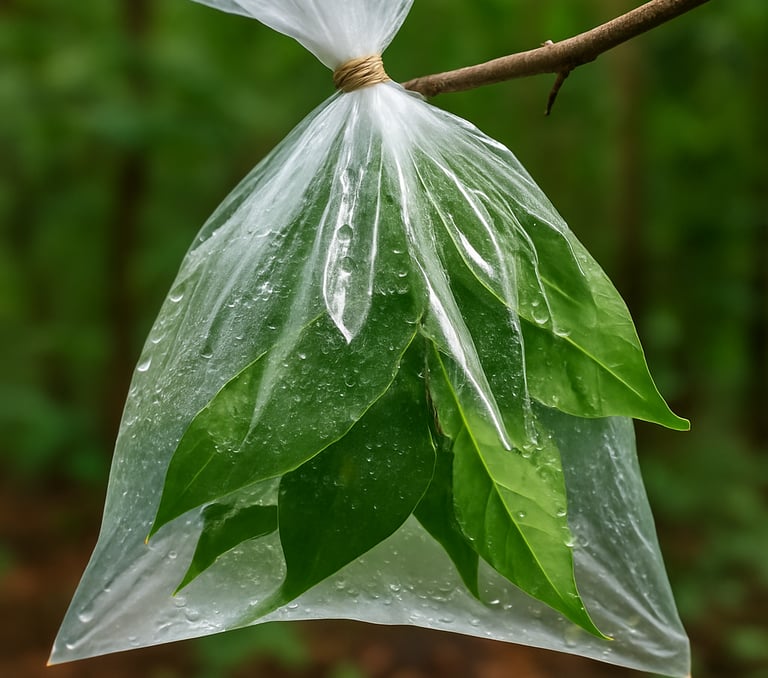

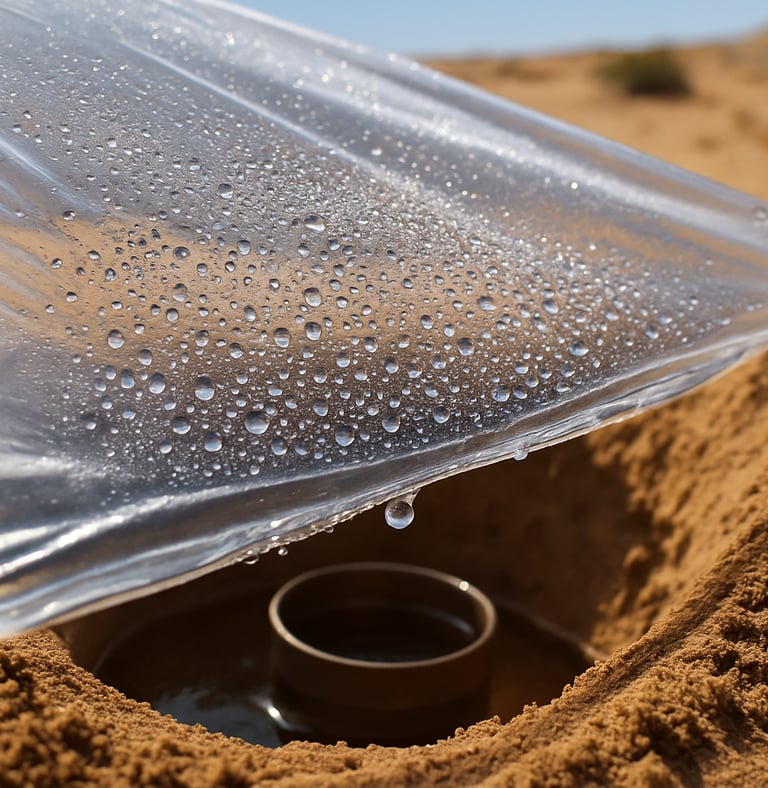

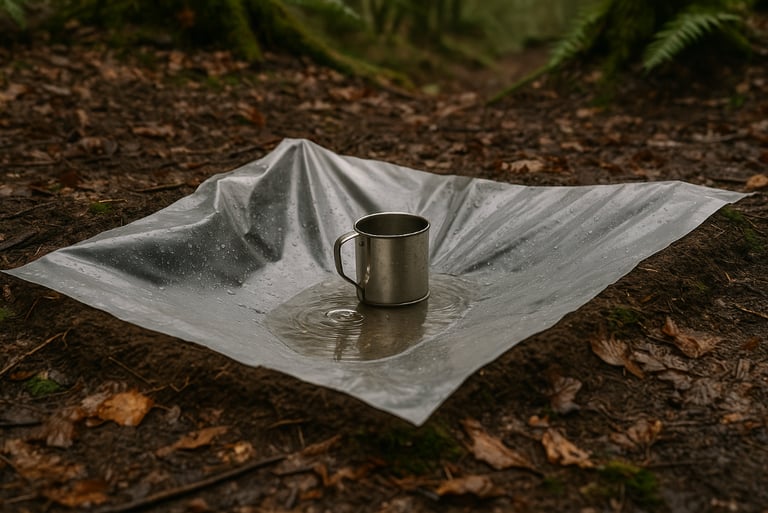

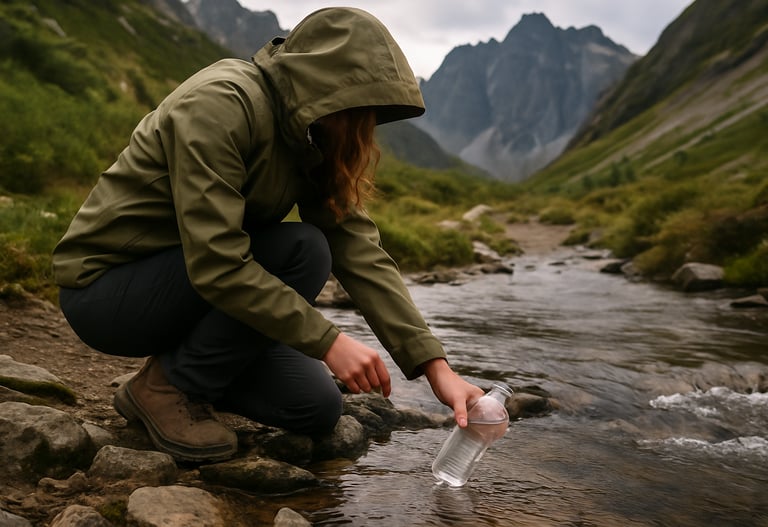

© 2025. All rights reserved About | Privacy Policy | Terms and Conditions | Affiliate Disclosure | Disclaimer


